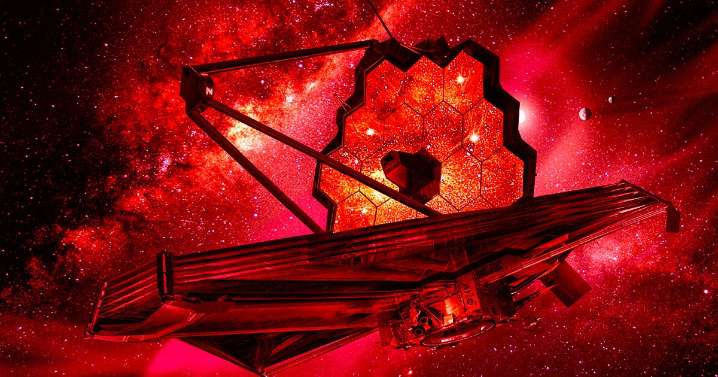When the James Webb Space Telescope first came online in 2022, it immediately spotted something astronomers had never seen before: "little red dots" peppering the ancient expanse of deep space, originating from around when the universe was just one billion years old.
Ever since, we've struggled to explain what these faint signals could be. The prevailing theory is that they're some kind of extremely compact galaxy. But at only two percent of the diameter of the Milky Way, the distribution of stars would have to be impossibly dense, perhaps more so than our current laws of physics allow.
They're also too faint to be produced by a quasar, a type of supermassive black hole that is actively devouring matter, which it causes to heat up and glow. Moreover, the black holes would be "overmassive

 Futurism
Futurism

 WTOP Washington DC
WTOP Washington DC 5 On Your Side Sports
5 On Your Side Sports House Digest
House Digest Raw Story
Raw Story FOX 13 Seattle Politics
FOX 13 Seattle Politics Idaho Statesman Entertainment
Idaho Statesman Entertainment Page Six
Page Six Post Register
Post Register